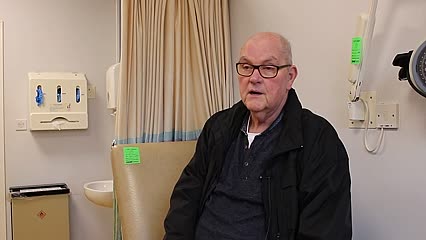CT Coronary Angiography
The procedure involves laying flat on the bed of a CT scanner with electrodes (small sticky patches connected to a machine using wires) which is needed to record the rhythm and electrical activity of the heart during the scan. Before the procedure, you may be given beta-blockers (a medication to slow your heart rate down). GTN (mouth spray) may also be given to dilate your coronary arteries, making them easier to see. A contrast (special dye) is injected through a cannula (small plastic tube) into a vein in your arm which helps to give a clear picture of the heart and arteries. During the scan, you'll be asked to hold your breath for a few seconds on a number of occasions to help get the best image of the heart and the coronary vessels. The whole procedure will last around 15 minutes. If you needed medication to slow your heart rate, you may have to stay for over an hour under observation and you should not drive or cycle after your appointment.
